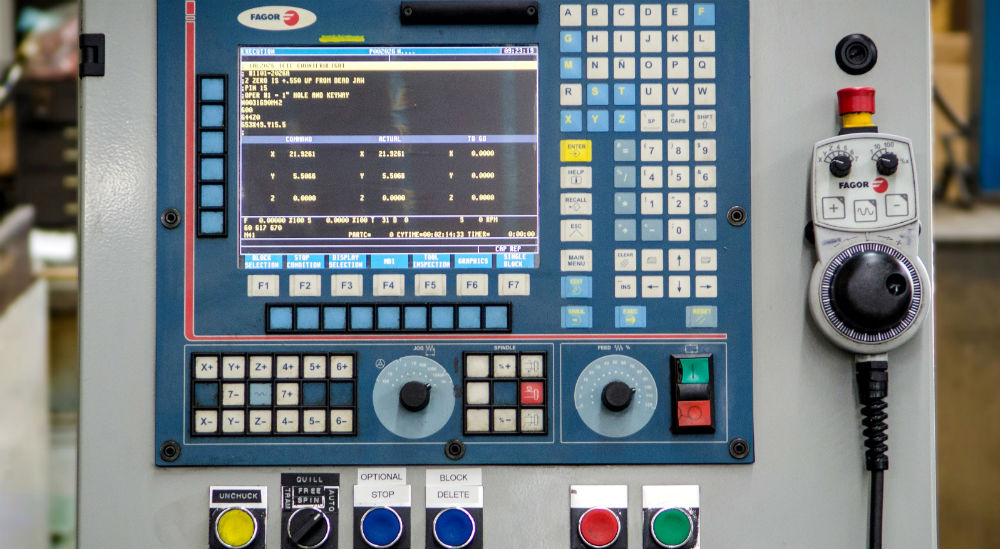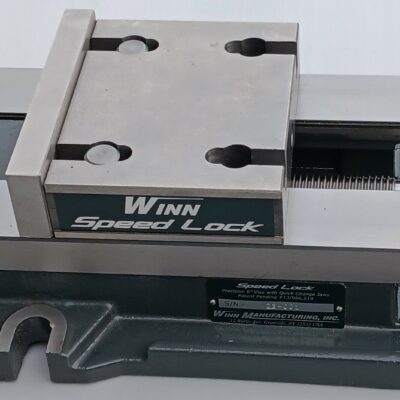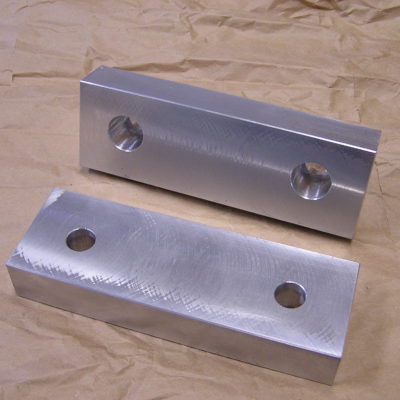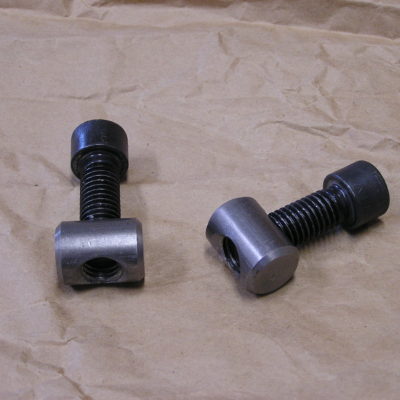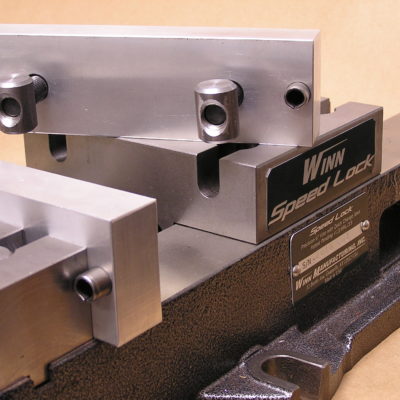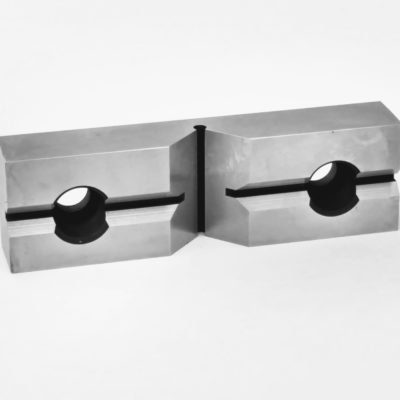Old School Machining
Recently I saw a post on Linkedin that had a picture of a young man working at a deburring bench, putting the finishing touches on some turned steel parts. It reminded me of my first job in a machine shop. I started my metal working career in a 25 man shop in the 1970s working on a deburr bench. I didn’t know anything about machining at the time. They needed to teach me how to use a file. One of the most important things I learned quickly was how a quality finished part was supposed to look.
The Importance of Quality Assurance
My foreman told me was that I would be the last person in the shop to see these parts before the customer did. He must of stopped by to inspect my work 10 to 15 times the first day and would point out either that I was doing to much or not enough deburring. After 40 to 50 hours of this, I had a pretty good idea how to deburr parts. Then after about 4 to 5 weeks, when there wasn’t a part needing to be deburred, they decided that I had progressed enough to run a drill press. From that point on, I was hooked on machining metal.
CNC | Greater Volume – Less hands on inspection
All of this took place before CNC machines were common place in a machine shop. The introduction of the CNC machines changed the way machine shops manage and train their personnel. Once the CNC machines were incorporated, the operator/machinist had time to deburr their own parts while running the CNC machine. These machines meant that the machinist was no longer tied to the handles of the machine and most shops don’t have a deburring bench anymore or a person who just de-burrs parts. It is done at the CNC machines now. If the deburring is extensive for a particular part, the CNC program will be changed to add a deburring process so that the machinist will have much less hand work to do on the finished machined part.
So what has happened, is that through the years, fewer people are needed to machine and process the parts, which in turn means that the quality requirements of the machined parts are inspected and looked at by fewer people. This requires that the set up and inspection procedures need to be strictly followed in order to meet repeatable quality standards. The machinist must be diligent and know all aspects of the job from setup to packaging.
Ensuring Quality | Winn Manufacturing
Here at Winn Manufacturing the machinists are also involved with the decision as to how the parts are packaged, because they will pack the parts at the machine. Most of the inspection procedures are done at the CNC machines while the parts are processed. So it is now up to the operator/machinist to make sure that the parts are inspected, completely deburred, clean and ready for our customers to use.
We are fortunate here because the people at Winn Manufacturing take pride in their work. And like that young man deburring parts, they enjoy the work, and are also willing to take on the responsibility of ensuring that each part they produce is made to the quality that our customers require.

